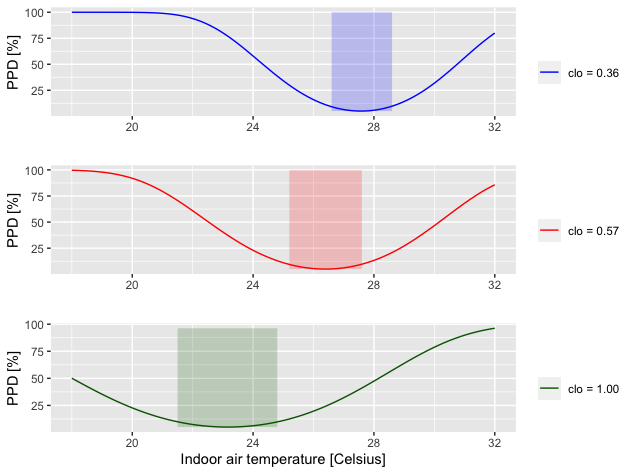Result description
Do you want to know how your energy use profile and how the outdoor air quality affect your thermal comfort level?
Optimise energy use and increase energy savings without compromising thermal comfort of the living space.
Assess the indoor thermal environmental conditions based on the combination of indoor thermal environmental factors and the personal factors that will produce indoor thermal environmental conditions acceptable to most of the occupants
ReDREAM´s comfort services are based on models for thermal comfort calculations and provide consumers (industry & residential) with information on the correlation between building energy consumption and thermal comfort conditions for various user habits.
The thermal comfort service incorporates the PMV and PPD models for thermal comfort calculations, according to international thermal comfort standard (ASHRAE55-2017) and provides info about the impact of the energy profile of the user on thermal comfort level and to provide information about the outdoor Air Quality.
Thermal comfort in living spaces has a great impact on the emotional and physical status of the people.
Addressing target audiences and expressing needs
- Fellowship to advance my/our research
We are interested to collaborate with HVAC system manufacturers / suppliers and HVAC installers that are interested, as well as Building Energy Management (BEMS) operators.
The aim is to initate follow-up research projects & increase the number of buildings to pilot the monitoring of indoor conditions in different contexts (e.g. different temperatures, heating/cooling generation systems, as well as thermal units and controls).
- Research and Technology Organisations
- Academia/ Universities
R&D, Technology and Innovation aspects
The comfort service has been tested within the ReDREAM ecosystem.
The comfort service could be used in research projects including pilot buildings, where indoor conditions (temperature) are monitored in order to evaluate the performance of different heating/cooling generation systems (boilers, heat pumps, solar thermal systems, etc.), as well as terminal units (fan-coil units, radiators, underfloor system, etc.) and controls. In this way, the response time of the tested systems could also be evaluated in association with the occupants behaviour (activity level, clothing, thermostat setting, etc). Provide recommendations for acceptable thermal comfort conditions. Evaluate the effect of incoming solar radiation at indoor spaces and study the effect of the geometry of the spaces and of the ratio between opaque and transparent area.
The service can be implemented as an interface/digital platform in specific products such as split AC units, heat pumps and dehumidifiers.
Result submitted to Horizon Results Platform by ETHNICON METSOVION POLYTECHNION

